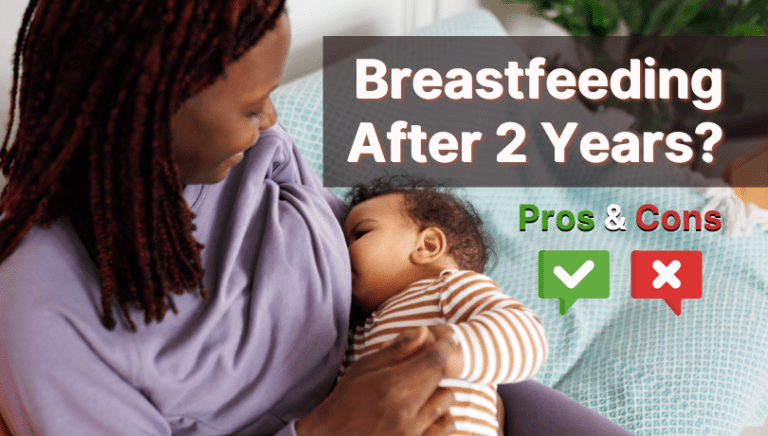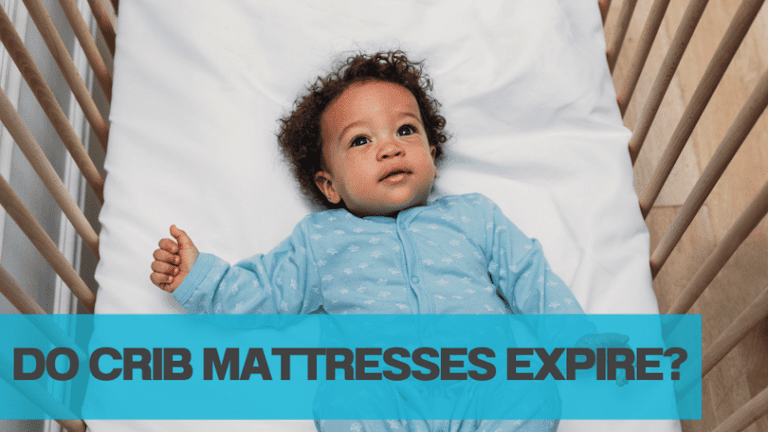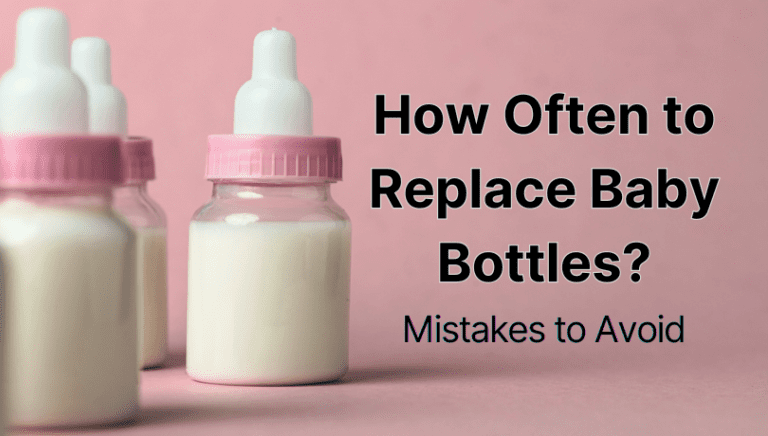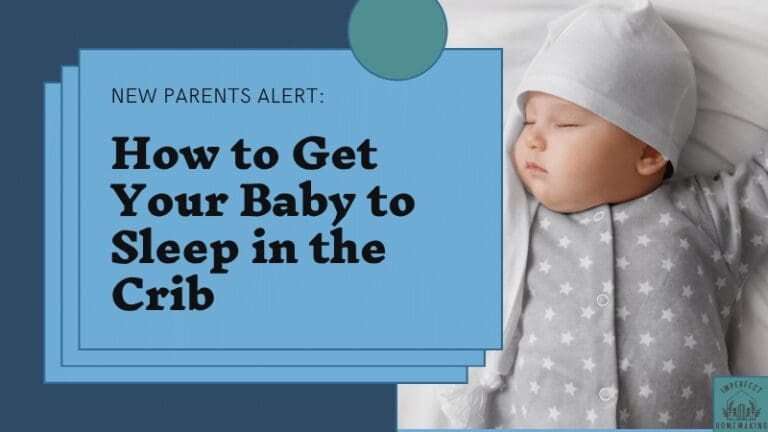Cozy Love: When Can Baby Have Stuffed Animal in Cribs
Do you recall having some special comfort toy, especially a stuffed animal, that you used to carry everywhere as an infant (except in a crib)?
Many babies find comfort in their favorite stuffed animal, apart from their parent’s arms. And even though babies require the most comfort during bedtime, stuffed animals aren’t allowed in a crib for younger children, according to AAP guidelines.
But then, when can baby have stuffed animal in cribs?
- Usually, once your little one turns 1, you can introduce their favorite stuffed animal to the crib. However, it does come with safety guidelines, which can turn this milestone into a nerve-wracking stage as well (for the first few days).
- When I let my daughter, Avery, keep her first stuffed animal in her crib, I kept thinking about her safety and stayed by her crib for a full 3 hours until I was satisfied that there wouldn’t be any choking hazards or accidents.
If you’re freaking out like I did at that time, then don’t worry. I’m here to help you figure out when babies can have stuffed animals, choose the safest types, some disadvantages you should know of, and FAQs on the same.
Table of Contents

When Can Baby Have Stuffed Animal in Cribs
Stuffed animals are more than adorable toys. They provide your little one with comfort, especially in your absence, which I’ll discuss in detail later, but before that, let us talk about when can baby have stuffed animal in cribs.
As I said, safety guidelines suggest that 12 months and after is the right time to let your baby have a stuffed animal in a crib. However, besides age, several other factors can help us parents determine when to allow stuffed animals in a crib.
- The first one is a developmental milestone where your baby is strong enough to crawl, sit, and stand up, which can massively minimize the chances of suffocation.
- Another one is the readiness of your baby. In my experience, once my daughter, Fiona, showed signs of self-soothing (along with mobility), I knew it was time to let her sleep with her favorite stuffed rabbit.
Kelleigh’s Quick Tip: Regularly inspect the stuffed animals to ensure they don’t have any loose wear and tears, to eliminate any choking hazards. Also, don’t position it in front of your baby’s face to avoid suffocation risk.
Valuable Benefits of Having a Stuffed Animal in Cribs
Having a stuffed animal or, what some say, lovey can have a positive outcome for your little one’s sleep cycle. Not only do they help teach your baby to self-soothe, but they also help promote independence.

1. Helps In Self-Soothing
My friend, Martha, shared a similar experience to mine as we were talking about when can baby have stuffed animal in cribs:
“At first, we were having second thoughts on giving our baby girl a stuffed animal. So initially, we started with naps, and it helped extend her naps from 40 minutes to approx 2 hours. So, we knew it was helping and that she was safe using it too. Now, we have started giving it to her at night and I think that’s why she is finally sleeping through the night.”
But yes, I do want to add one thing: stuffed animals or any other comfort item won’t work wonders for every baby. Therefore, don’t be disappointed if your kid doesn’t like having them in the crib. Take it one step at a time.
2. Promotes Independence
Once your baby gets used to finding comfort in sleeping with stuffed animals, there’s no going back!
- Your little one develops an emotional connection with their stuffed animal that comforts them in case they’re experiencing separation anxiety.
- Just by hugging their comforting toy, they feel secure. And, It’s a win-win situation for both parents and baby, as now you won’t have to wake up to your little angel crying for your attention.
3. Develop a Healthy Sleep Cycle
- Studies show that hugging your favorite comfort toy during bedtime releases oxytocin, a hormone that fosters comfort and calm, resulting in healthy sleep. While the oxytocin released is not as significant as when they hug a parent or a pet, it’s still sufficient for a baby to soothe themselves to sleep.
- And I know from my experience and the experiences of other mothers that stuffed animals definitely play a role in helping our angels sleep better, improving their overall sleep cycle.
3 Tips to Choose a Safe Stuffed Animal
As I said before, even if you think your kiddo is ready to have a cute companion in their crib, you still need to determine whether it’s safe for your baby.
With my parenting expertise, I recommend every parent to look for three elements in a stuffed toy before introducing it to their baby.

1. Baby-Safe Design
- Be certain that the design you choose doesn’t have any fancy lacing, as it can cause choking hazards.
- Also, make sure it has sewn-in parts instead of the parts being glued together because glued ones tend to wear and tear faster than sewn ones.
2. Appropriate Size
- The stuffed animal should be large enough to become your baby’s cuddle buddy, but also small enough for them to hold. In short, choose the appropriate size.
3. Non-Toxic Material
- Choose a stuffed animal that doesn’t contain any toxic materials. Always check the texture and feel of the material, and go through the manufacturer’s warnings or instructions before you buy one.
- Personally, I suggest opting for an organic bamboo or cotton material for the stuffed animal.
Kelleigh’s Quick Tip: I would highly encourage you to get more than one stuffed toy. Get one or two duplicates and use them simultaneously in case one is in the laundry or out to dry.
Limitations of Having a Stuffed Animal in a Crib
Besides the benefits of having a stuffed animal in a crib, we parents should know that these squishy animals have their limits, too. Sometimes, your baby simply doesn’t prefer having them in their crib. In this case, you should have a plan B on your sleeve.

1. Do Not Get Too Dependent on Them
- Ensure that you rely on other soothing techniques for your little one’s sleep, and not just on stuffed animals.
- I understand it helps maintain a smooth sleep routine, but don’t limit yourself by keeping just that. Instead, keep other aspects open too.
2. Watch if Your Baby is Comfortable With Them
- Keep an eye on your baby’s reaction to having a stuffed animal in a crib. If they do not like it, then refrain from using it.
- Moreover, please remove it if your little one is overly excited about having a stuffed animal in a crib (especially at bedtime).
Recommended Reading: How to Make a Crib Mattress More Comfortable?
FAQs on Having Stuffed Animals in Cribs
1. How Do You Introduce A Stuffed Animal To A Crib?
First, try introducing them at nap times during the day to see how they react to it. Gradually, as they get used to it, you can introduce them during bedtime at night for better sleep.
You can also try sleeping a few nights with your little one’s stuffed animal (before introducing it to a crib) to make it smell like you. This will give it your comforting scent, making it familiar and comforting for your baby.
2. Can I Use A Blanket Instead Of A Stuffed Animal?
Yes, you can as long as your baby remains safe and finds comfort in having a blanket in a crib. In short, it solely depends on your kiddo’s preference.
3. Is Sleeping With A Stuffed Animal Or Any Comforting Item Making My Baby Emotionally Weak?
While some parents see it as a sign of weakness, that’s only a myth in my opinion. On the contrary, having a comfort item such as a stuffed animal or lovey is a sign of emotional strength and independence.
Conclusion
Stuffed animals help your little angel develop their self-soothing ability, helping them achieve better independence and developing a healthy sleep routine so your baby sleeps calmly.
In this guide, I’ve included all the basic tips on when can baby have stuffed animal in crib along with the styles that can be better for your kiddo’s safety. Do keep in mind that stuffed toys might not work for all babies, so be patient and keep exploring other alternatives.






